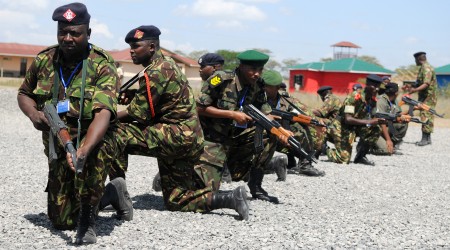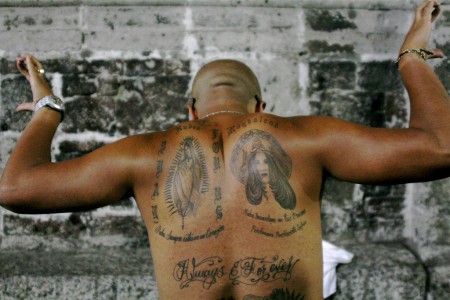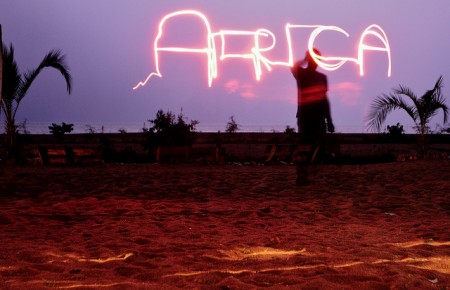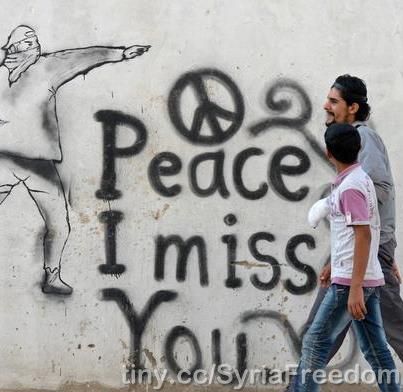
This article was originally published by IPI Global Observatory on 16 February 2016.
Burundi’s political crisis continues, but it has entered a new phase with the conclusion of the 26th African Union summit on January 31st in Addis Ababa. In a December 2015 Global Observatory article, I analyzed the AU’s novel use of coercive diplomacy in Burundi. This approach came under scrutiny at the January summit, to the point that many consider it a failure. The truth is more complicated.
Before the AU summit, the last decision on Burundi taken by the AU Peace and Security Council (PSC) was set out in its communiqué of December 17th last year. Among other things, this seven-page document authorized the deployment of a 5,000-strong African Protection and Prevention Mission in Burundi (MAPROBU). It gave President Pierre Nkurunziza’s government 96-hours to consent to MAPROBU’s deployment, called for the relaunch of the inter-Burundi dialogue between the government and opposition, and for the complete deployment of the 100 human rights and military observers that the AU had authorized in May 2015. The principal goals of the PSC in taking this decision had been to facilitate a political settlement to Burundi’s ongoing crisis and reduce the threat of armed conflict and violence against civilians.




